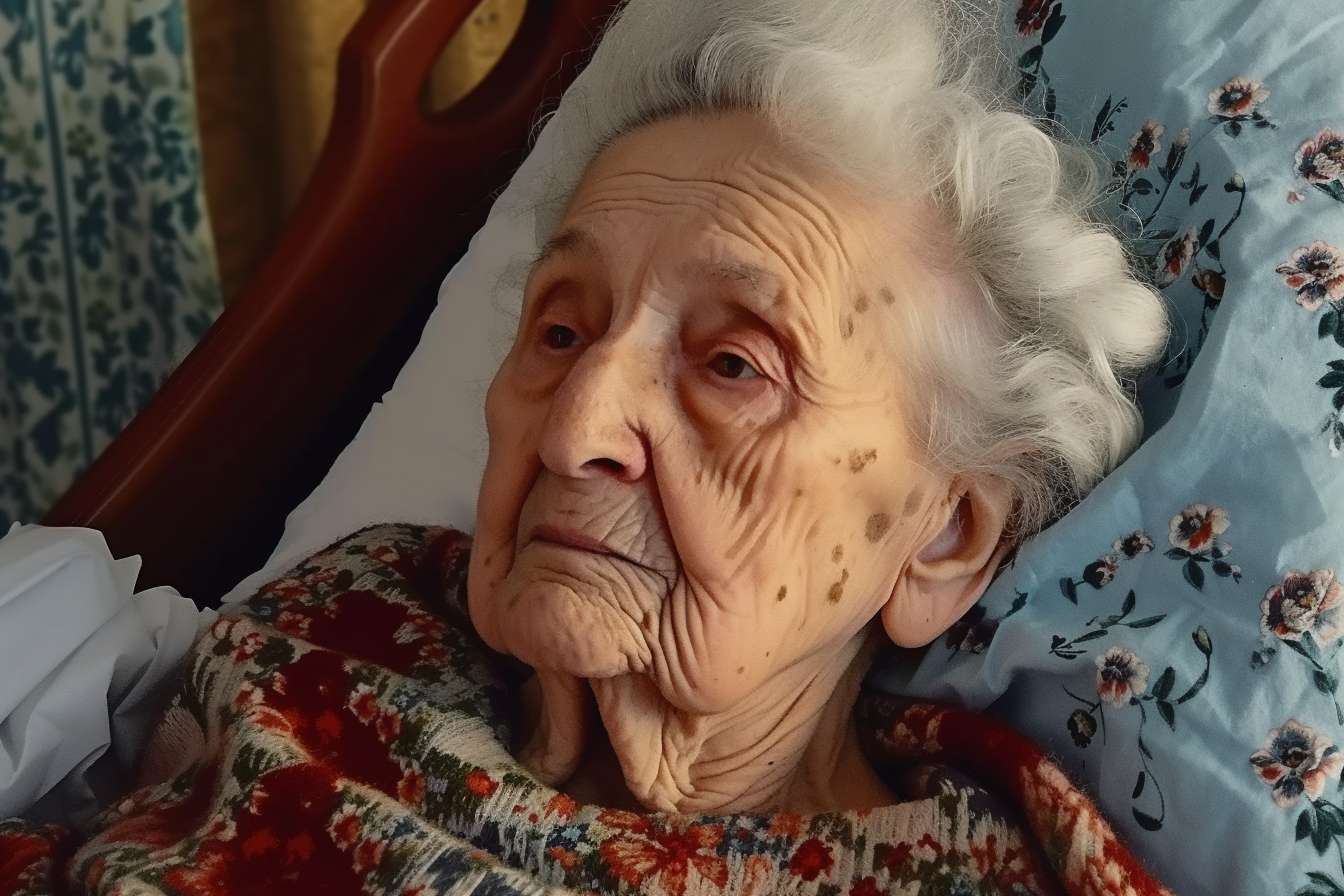How to Apply for Caregiver Roles in Japan: An Overview for Non‑Japanese Applicants
This overview explains typical application steps, documentation and language considerations, and how staffing firms usually operate for caregiver roles in Japan. It focuses on practical context rather than promises. Sections include: • Notes on work authorization and common eligibility points • How agency‑mediated applications generally proceed • Role types and workplace settings, including residential arrangements • What to review before submitting applications

Understanding Work Authorization and Eligibility Requirements
Before beginning your application journey, it’s crucial to understand Japan’s work authorization framework for foreign caregivers. Japan offers several visa pathways for caregivers, including the Technical Intern Training Program (TITP), the Specified Skilled Worker visa, and the EPA (Economic Partnership Agreement) programs with specific countries like the Philippines, Indonesia, and Vietnam. Each pathway has distinct requirements regarding qualifications, language proficiency, and work experience. Generally, applicants need at least N4 level Japanese language proficiency (basic conversational ability), although many employers prefer N3 or higher. Additionally, relevant healthcare certifications from your home country are valuable, though you may need to obtain Japanese certifications after arrival depending on your visa type.
Application Steps for Caregiver Positions in Japan
The application process typically follows a structured pathway regardless of which visa category you’re pursuing. First, prepare your resume in both Japanese and English formats, highlighting any relevant healthcare experience, certifications, and language abilities. Next, gather supporting documents including educational certificates, language proficiency test results, and work experience verifications. If applying through the EPA program or TITP, you’ll need to connect with your home country’s sending organization that has partnerships with Japanese receiving organizations. For the Specified Skilled Worker visa, you can apply directly to Japanese employers or through registered staffing agencies after passing the required skills and language exams in your home country.
Researching Caregiver Staffing Firms in Japan
Working with reputable staffing agencies can significantly streamline the application process. These firms serve as intermediaries between foreign applicants and Japanese healthcare facilities, providing valuable support with documentation, language barriers, and cultural orientation. When researching potential agencies, verify their government registration and licensing to avoid fraudulent organizations. Look for agencies with transparent fee structures and clear explanation of services provided. Reputable agencies should never charge excessive upfront fees before job placement. It’s advisable to read reviews from previous applicants and check if the agency provides comprehensive support including pre-departure training, airport pickup, accommodation assistance, and ongoing employment support.
Role Types and Workplace Settings in Japan’s Caregiving Industry
Caregiving positions in Japan span various settings, each with distinct responsibilities and working conditions. Nursing homes (kaigo rojin fukushi shisetsu) typically offer full-time positions with shift-based schedules and often provide dormitory-style housing for staff. Home visit services (hōmon kaigo) involve traveling to clients’ homes to provide care, requiring greater independence and language skills. Daycare facilities for the elderly (rojin deikea sentā) offer more regular working hours without overnight shifts. Some positions include residential arrangements where accommodations are provided at reduced rates or included as part of the compensation package. Understanding these different workplace settings is essential for selecting positions aligned with your preferences and qualifications.
Preparation Checklist for Caregiver Applicants in Japan
Before submitting applications, ensure you have completed all necessary preparation steps. First, assess your Japanese language ability and enroll in appropriate courses if needed, as language proficiency is often the primary barrier for foreign caregivers. Prepare all required documentation, including properly translated and authenticated educational certificates, healthcare certifications, and identification documents. Research Japan’s caregiving practices and cultural norms regarding elderly care, as demonstrating cultural sensitivity is highly valued during interviews. Establish a financial plan for initial relocation costs, as most programs don’t cover all expenses upfront. Finally, develop a clear understanding of your long-term career goals in Japan, as some pathways offer opportunities for permanent residency while others have strict time limitations.
Cost Considerations and Agency Comparison
Understanding the financial aspects of applying for caregiver positions in Japan is crucial for proper planning. Different application pathways involve varying costs and potential earnings.
| Application Pathway | Typical Application Costs | Average Monthly Salary | Housing Provision |
|---|---|---|---|
| EPA Program | $1,500-3,000 (training and placement) | ¥150,000-180,000 | Often provided |
| TITP | $2,000-5,000 (agency fees) | ¥130,000-150,000 | Usually provided |
| Specified Skilled Worker | $1,000-2,000 (exam fees, documentation) | ¥160,000-200,000 | Sometimes provided |
| Direct Employment | Minimal upfront costs | ¥180,000-250,000 | Rarely provided |
Prices, rates, or cost estimates mentioned in this article are based on the latest available information but may change over time. Independent research is advised before making financial decisions.
When comparing agencies, look beyond fees to evaluate comprehensive support services. Some agencies charge higher fees but provide extensive support including language training, cultural orientation, and ongoing assistance after arrival. Others offer lower upfront costs but provide minimal support, leaving applicants to navigate many challenges independently.
Navigating the Interview and Selection Process
After submitting your application, prepare for a multi-stage selection process. Initial screenings often occur via video calls, followed by skills assessments and more comprehensive interviews. Japanese employers place significant emphasis on demeanor, presentation, and communication skills beyond technical qualifications. Prepare to discuss your motivation for working in Japan specifically, as employers want to ensure you have realistic expectations about living and working in a different cultural environment. During interviews, demonstrate basic knowledge of Japanese care practices and show willingness to adapt to local methods. Many successful applicants highlight their commitment to learning and cultural adaptability rather than focusing solely on their existing skills.
The journey to becoming a caregiver in Japan requires thorough preparation, patience, and commitment to cultural and professional adaptation. By understanding the application pathways, preparing adequate documentation, developing language skills, and connecting with reputable agencies, international applicants can successfully navigate the process and establish rewarding careers in Japan’s caregiving sector.




